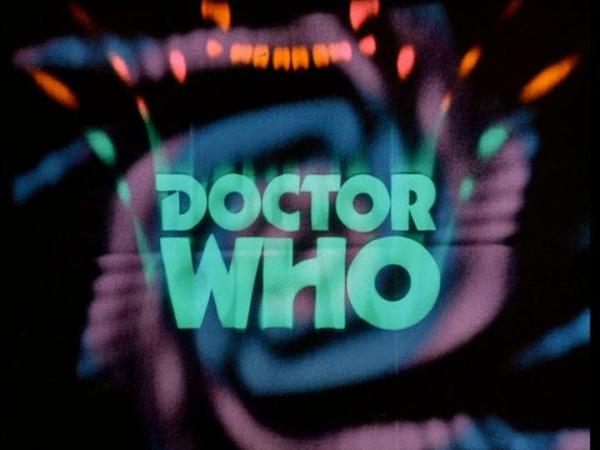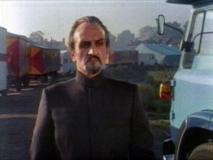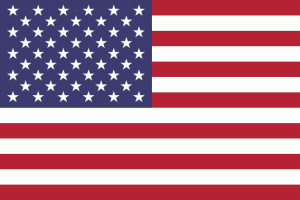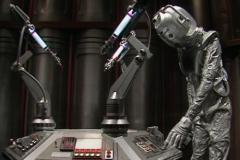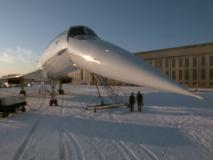Moments in Time: The first Radio Times cover
Saturday, 22 February 2014 - Reported by John Bowman
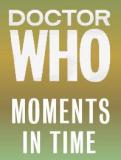 The latest in our ongoing feature centring on significant Doctor Who occasions sees the show accorded a very special publishing honour - but just like the programme itself, it wasn't without wrangles before and after . . .
The latest in our ongoing feature centring on significant Doctor Who occasions sees the show accorded a very special publishing honour - but just like the programme itself, it wasn't without wrangles before and after . . .In the run-up to Doctor Who starting, hopes had been high that the first episode would be given a prestigious publicity boost by the BBC's much-respected listings magazine Radio Times in the form of a cover feature. This was, after all, a show like no other: it was innovative and ground-breaking, with skills, experimentation and imagination pushed further than ever.
However, it was not to be. After initial interest, the magazine had a change of heart at the last minute, falsely believing that the corporation itself didn't have much faith in the programme, and despite protestations by head of serials Donald Wilson editor Douglas Williams ditched the idea, although the show was granted a mention on the relevant cover and an article was included that gave a taster of what adventures might lie ahead - with one of them being the possibility of a journey "to far Cathay in the caravan of Marco Polo."
And it would be that very journey that would see Radio Times finally give in and award the much-coveted prime spot on its cover to Doctor Who - in all probability helped by the fact that with the arrival of the Daleks a few weeks previously, the show had rapidly seared itself into the national consciousness.
With The Roof of the World going out on 22nd February 1964, the cover of the corresponding week's Radio Times - number 2102, volume 162 - depicted lead actor William Hartnell with guest stars Mark Eden as Marco Polo and Derren Nesbitt as Tegana. It was accompanied by an unbylined feature on page 7 that set the historical scene after a brief recap of the previous two adventures. (It should be noted that back then Radio Times also printed its publication date at the top of the pages, hence the references to "February 20, 1964".)
Although the feature's picture included all the companions, the fact that the three actors hadn't appeared on the cover with Hartnell caused some upset. The day after the broadcast of The Roof of the World, William Russell, who played Ian Chesterton, contacted his agent, T Plunkett Green, with a number of concerns relating to the programme as a whole, one of them being the fact that the co-stars had been bumped in favour of the guest stars on the cover of the listings magazine. This grievance would be relayed to Wilson, who subsequently apologised to the agent, saying it had been "confidently expected" by the production team that one of the photos including all the regulars taken at the photocall would be used as a cover image. Wilson assured Plunkett Green that he would complain about it to the magazine.
From a somewhat hesitant start, Doctor Who and Radio Times would, over the years, continue to have something of a love-hate relationship, ranging from the highs of the stunning artwork by Frank Bellamy gracing its pages during the early-to-mid-1970s, as well as special editions, to the lows of the Tom Baker era when it would merit few articles and no covers at all, back to the embarrassment of riches we have in terms of coverage in the 21st century. Today, though, on the 50th anniversary of the broadcast of the opening episode of the seven-part epic - ironically, the earliest Doctor Who story to be missing from the archives - we mark an auspicious event in that relationship between programme and publisher with Doctor Who's first Radio Times cover . . .


